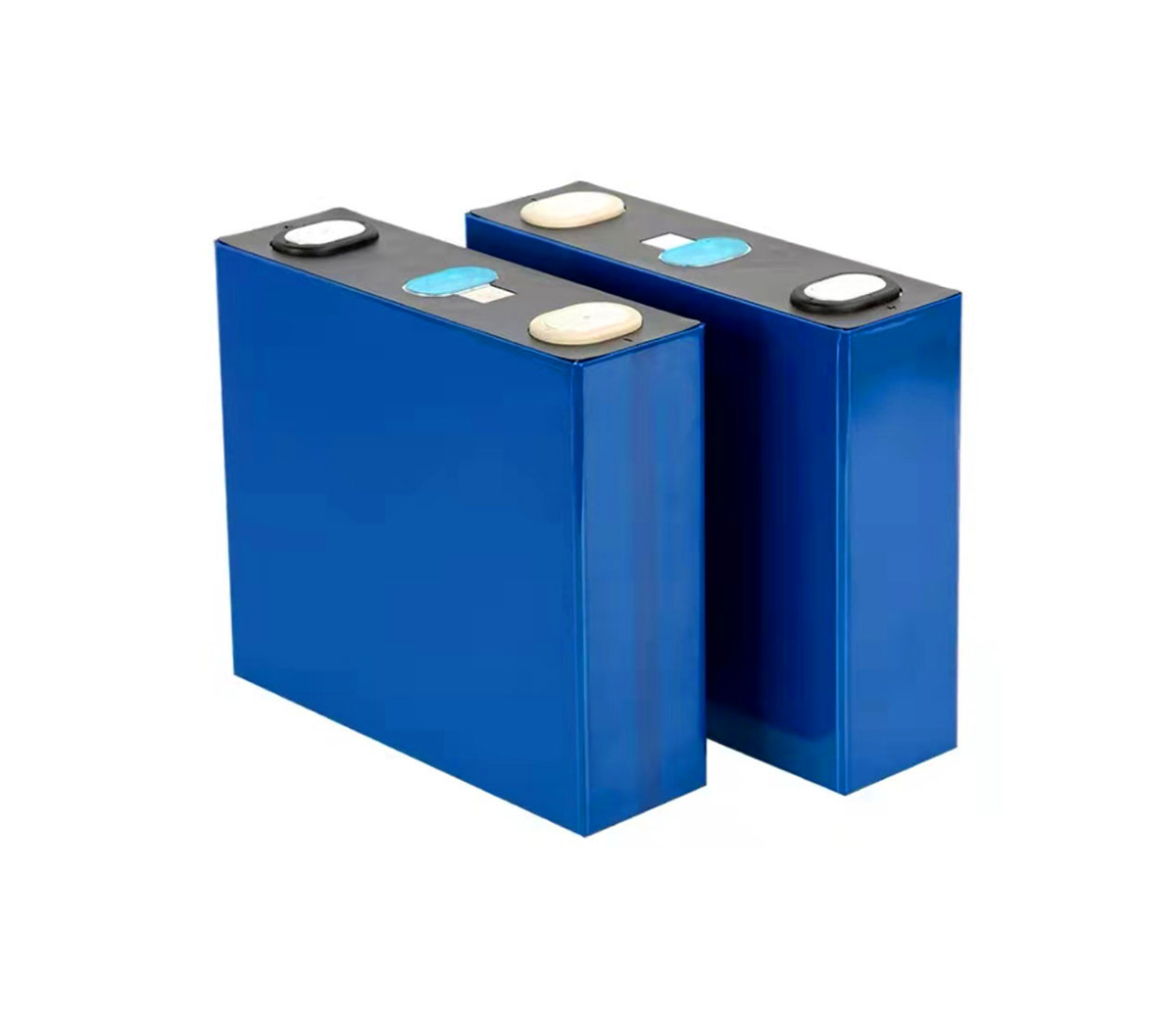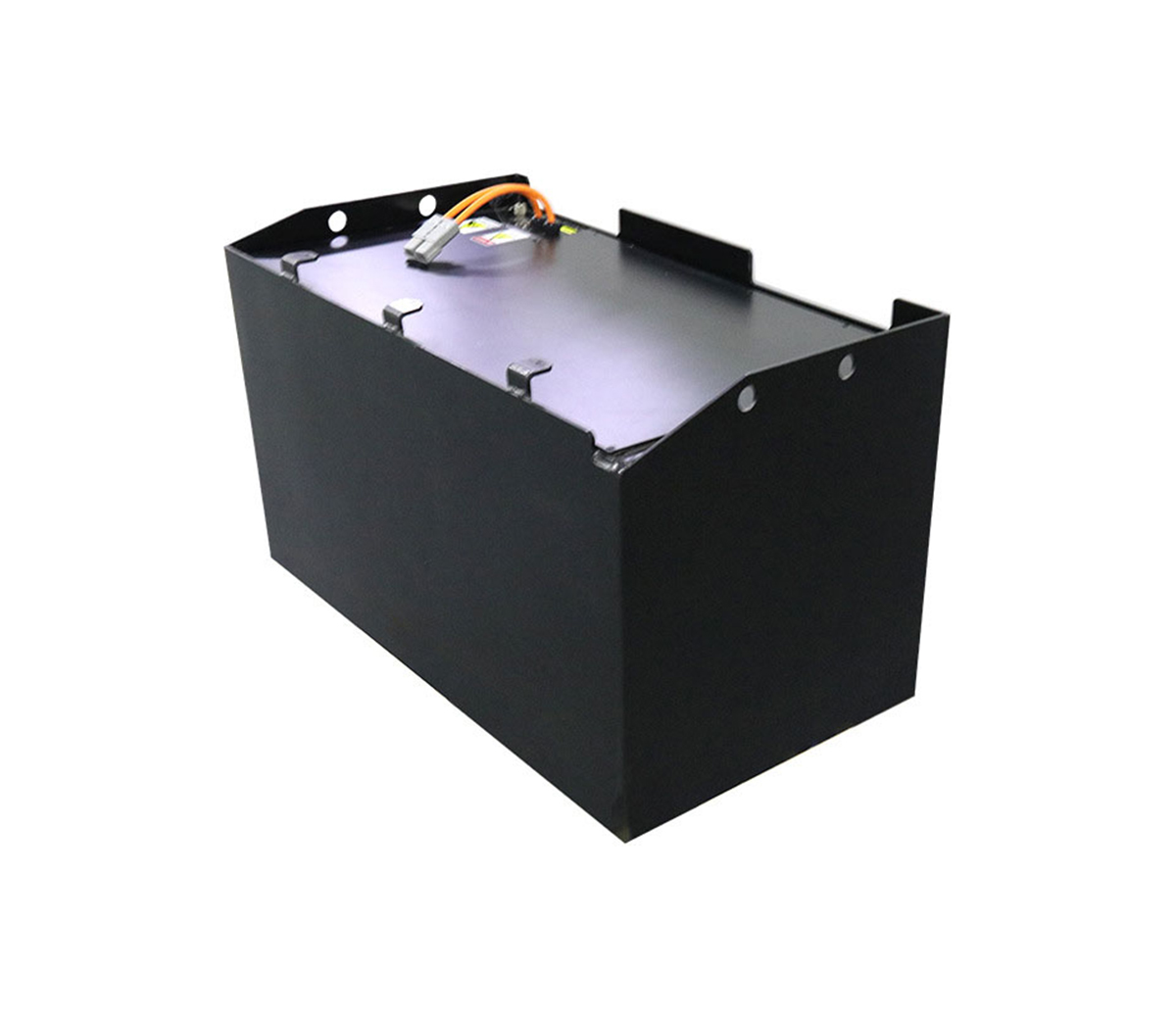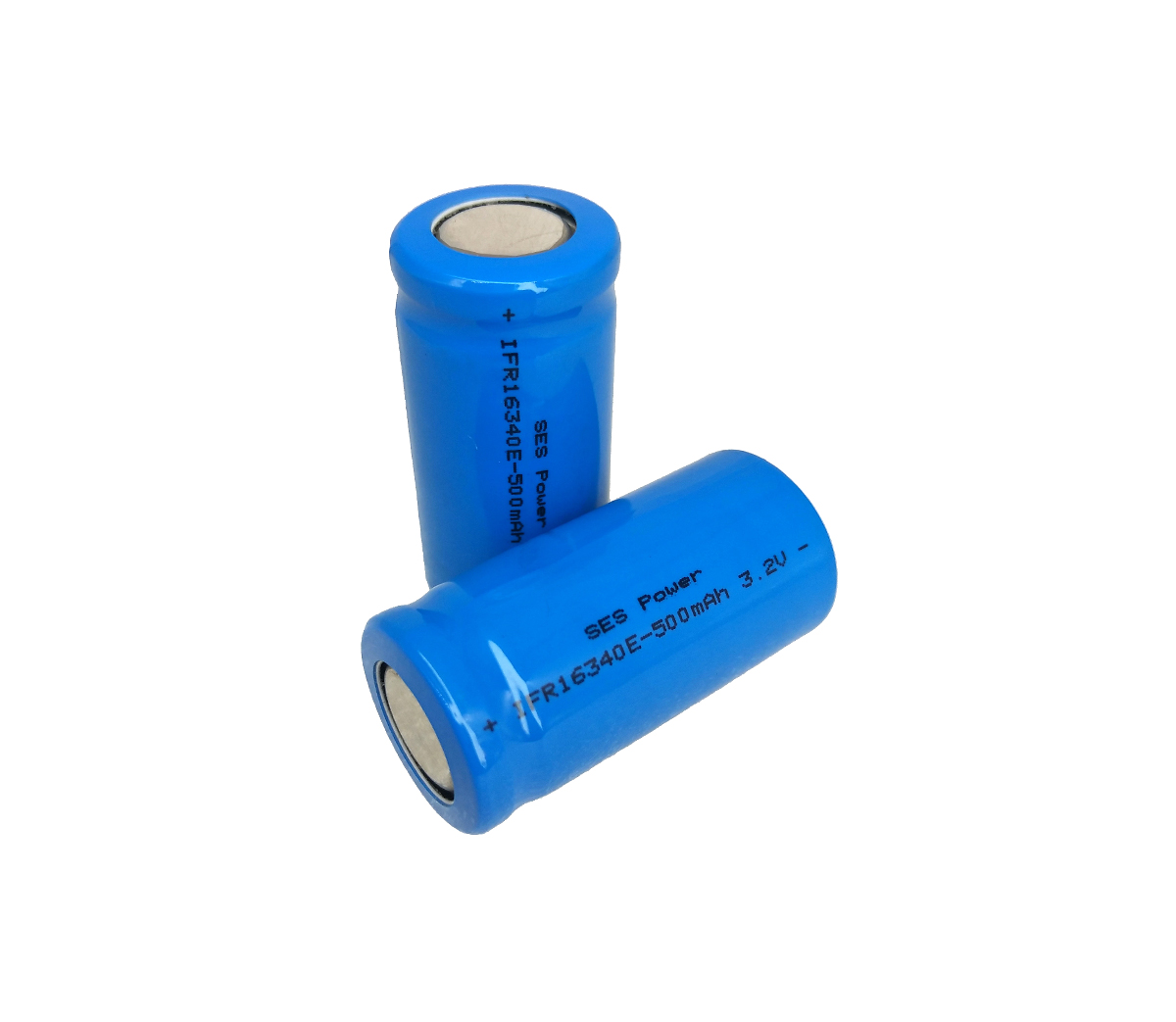Where does the lithium titanate battery technology come from? What is the
development prospect?
Gree Group terminated the acquisition of Zhuhai Yinlong, and Gree’s plan to
"cross-border car manufacturing" has now come to an end. At the time, Gree’s
proposed acquisition of Yinlong was as high as 13 billion yuan. What is it that
attracts Gree to such a high price?
Gree Group terminated the acquisition of Zhuhai Yinlong, and Gree’s plan to
"cross-border car manufacturing" has now come to an end. At the time, Gree’s
proposed acquisition of Yinlong was as high as 13 billion yuan. What was it that
attracted Gree’s high price? It is reported that Gree’s chairman Dong Mingzhu
valued Yinlong’s core competitiveness-lithium titanate. Battery technology.
Where does Yinlong's lithium titanate battery technology come from? Can it
become the mainstream of the market?
In 2010, Yinlong spent more than RMB 300 million to acquire a 53.6% stake
in the U.S. Austrian Titanium Nanotechnology Company, and mastered the company’s
latest technology in lithium titanate materials; from 2012 to 2013, Yinlong
successively acquired Zhuhai Guangtong Automobile, Shijiazhuang Zhongbo
Automobile has the qualification to produce complete vehicles.
So far, there are only two companies that have lithium titanate materials
and achieve power and industrial applications. Zhuhai Yinlong is one of them,
and the other is Toshiba of Japan.
Lithium titanate batteries are still not considered the mainstream of
battery technology. At present, domestic automobile manufacturers use ternary
lithium batteries and lithium iron phosphate batteries. Ternary lithium
batteries dominate the global market. For example, the Panasonic 18650 battery
used by Tesla belongs to the ternary lithium battery. With BYD as the
representative, commercial vehicle manufacturers such as Dongfeng and Jianghuai
are mostly using iron phosphate at this stage. lithium battery.
However, the safety of ternary lithium batteries has been questioned. At
the beginning of the year, the Ministry of Industry and Information Technology
suspended electric buses using ternary lithium batteries from entering the
subsidy catalog, causing many domestic automakers to switch to lithium iron
phosphate batteries. However, unofficial information later revealed that the
subsidy restrictions on new energy vehicles that use ternary lithium batteries
will be relaxed, so who is the mainstream of the battery market in the future is
still unknown.
Why did lithium titanate batteries fail to become mainstream? Energy
density is the main reason.
Compared with ternary lithium batteries and lithium iron phosphate
batteries, lithium titanate batteries have several advantages: high temperature
safety, good low temperature performance, long cycle life, and fast charging.
Security is a relatively prominent feature, and this is also a problem that
everyone is paying more attention to recently. In the safety comparison of the
two mainstream batteries, the lithium iron phosphate battery will be better, but
it is still not as good as the lithium titanate battery. Another feature is low
temperature performance. Previously, many users have complained that the range
of electric vehicles is greatly reduced when the temperature is low. The
advantage of lithium titanate batteries in this respect is more obvious. It can
be at -50 degrees to 60 degrees. It works normally in a wide temperature
range.
The disadvantage of lithium titanate batteries is the most concerned issue
of car manufacturers and users-energy density. Energy density represents the
storage capacity of the battery and directly affects the cruising range of the
vehicle. At present, the energy density of lithium titanate batteries is only
about 1/2 of that of ternary lithium batteries without further technological
improvement. However, Yinlong hopes to increase the energy density of the
battery on the premise of the safety of the lithium titanate battery, rather
than improving the safety on the basis of high energy density, which is also the
technological direction choice for new energy companies.
Recently, a piece of information about the latest draft of the 2016 new
energy vehicle financial subsidy has been circulated on the Internet. The draft
shows that the new energy vehicle subsidy is subsidized according to energy
density, and the mileage is used as a necessary indicator. This seems to make
Yinlong's lithium titanate battery technology with safety as its core step into
an embarrassing situation.


































